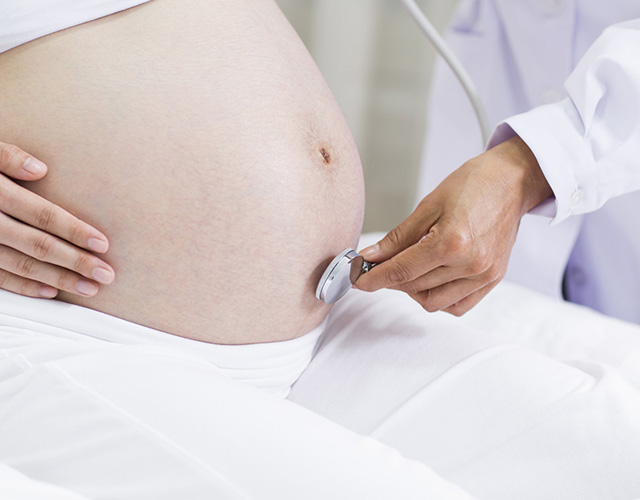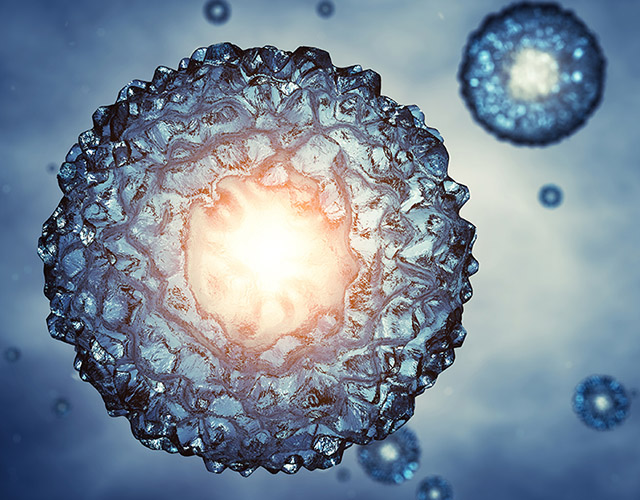HOW DO FROZEN EMBRYOS SURVIVE?
Following IVF treatment, embryos that are not transferred to the womb are preserved through vitrification. Frozen embryos do not have to be transferred within a certain timeframe.
Embryos can be frozen at various stages of their development: from the day they are fertilised – they are still just a single cell at that point – up until five or six days later, at the blastocyst, stage, when they are made up of the 200 cells that will divide into all of the embryo’s structures.
During the first five to six days of life, embryos grow inside the external membrane of the oocyte and when the cells break out of this membrane (known as the hatching of the blastocyst), they leave and are immediately implanted in the inner lining of the womb. Therefore, this is the latest point at which they can be frozen. There is no limit to the amount of time embryos can survive in a frozen state.
The embryo vitrification process is initiated by immersing them in a cryoprotectant, in order to prevent the formation of ice crystals. The embryos are then drawn gently into white plastic sticks, or “straws”. These are placed in a freezer and quickly reach -196°C. The drastic change in temperature converts the embryos into a solid material similar to glass. The straws are then inserted into a container filled with liquid nitrogen.
Embryo vitrification is a laborious process requiring highly-trained hands, but it has significantly improved pregnancy rates, as the percentage of surviving embryos is approaching 100%.
In each of the liquid nitrogen containers, there is enough room for 10,000 embryos. They live in tanks with compartments, where siblings are put together in plastic pots and every family has its own colour. There can be one, two or three embryos in each straw, and these straws are deposited inside the pots. These sticks have a bar inside which is a specific colour and labelled with the family name. This way, each family has its own combination of colours and codes and, on our computers, we log where they are kept in the liquid nitrogen container for ease of identification.



